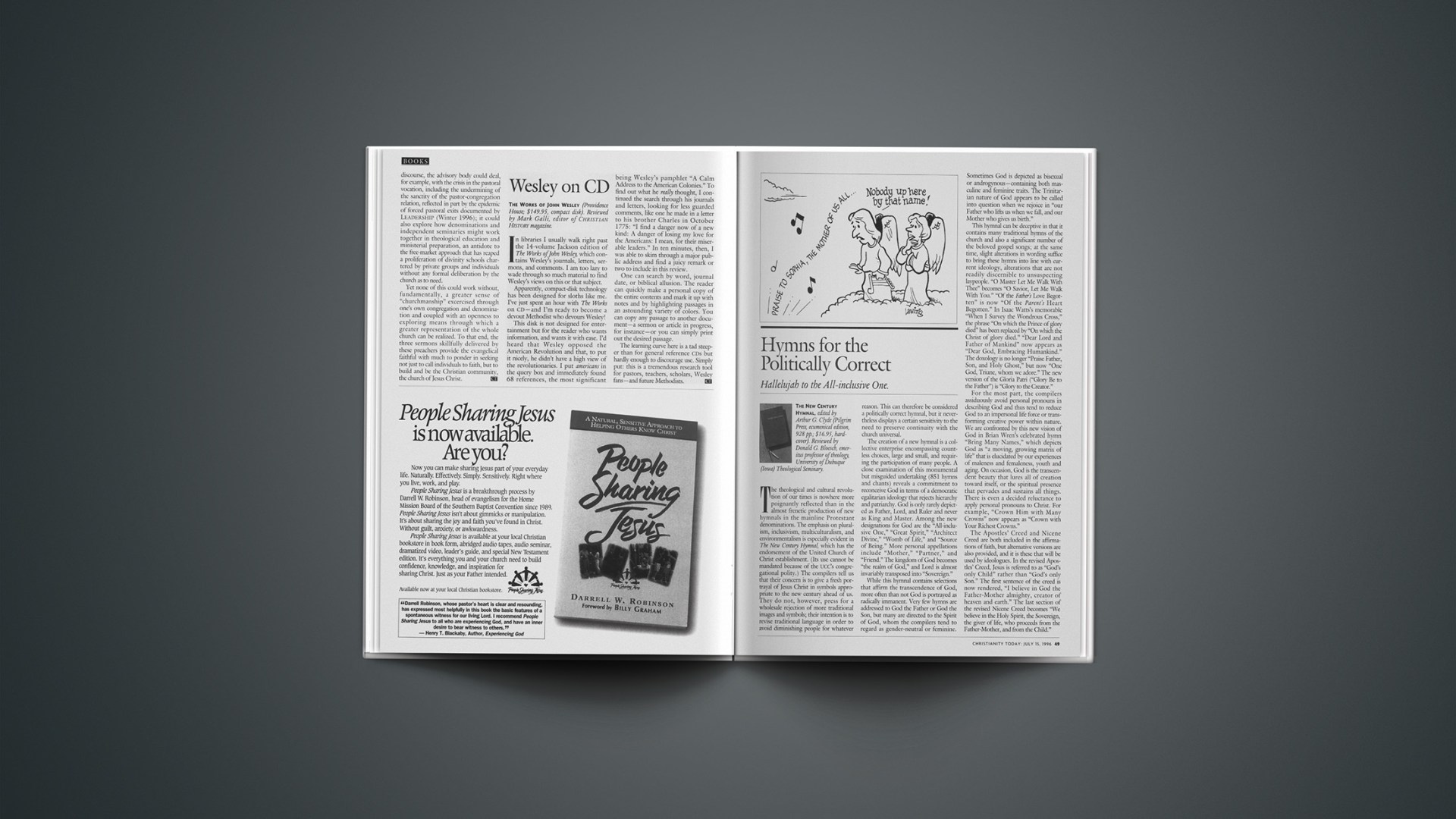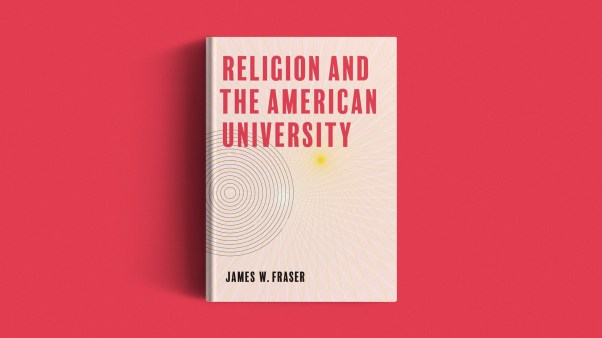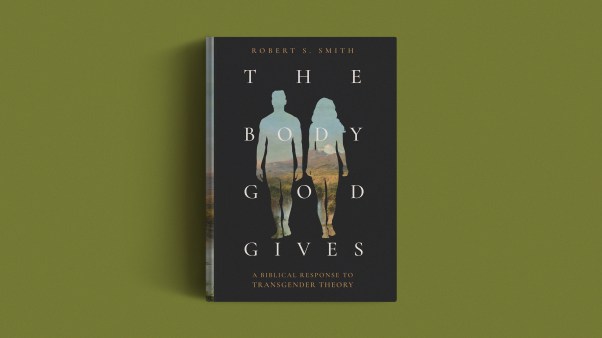“The New Century Hymnal,” edited by Arthur G. Clyde (Pilgrim Press, ecumenical edition, 928 pp.; $16.95, hardcover). Reviewed by Donald G. Bloesch, emeritus professor of theology, University of Dubuque (Iowa) Theological Seminary.
The theological and cultural revolution of our times is nowhere more poignantly reflected than in the almost frenetic production of new hymnals in the mainline Protestant denominations. The emphasis on pluralism, inclusivism, multiculturalism, and environmentalism is especially evident in “The New Century Hymnal,” which has the endorsement of the United Church of Christ establishment. (Its use cannot be mandated because of the UCC’s congregational polity.) The compilers tell us that their concern is to give a fresh portrayal of Jesus Christ in symbols appropriate to the new century ahead of us. They do not, however, press for a wholesale rejection of more traditional images and symbols; their intention is to revise traditional language in order to avoid diminishing people for whatever reason. This can therefore be considered a politically correct hymnal, but it nevertheless displays a certain sensitivity to the need to preserve continuity with the church universal.
The creation of a new hymnal is a collective enterprise encompassing countless choices, large and small, and requiring the participation of many people. A close examination of this monumental but misguided undertaking (851 hymns and chants) reveals a commitment to reconceive God in terms of a democratic egalitarian ideology that rejects hierarchy and patriarchy. God is only rarely depicted as Father, Lord, and Ruler and never as King and Master. Among the new designations for God are the “All-inclusive One,” “Great Spirit,” “Architect Divine,” “Womb of Life,” and “Source of Being.” More personal appellations include “Mother,” “Partner,” and “Friend.” The kingdom of God becomes “the realm of God,” and Lord is almost invariably transposed into “Sovereign.”
While this hymnal contains selections that affirm the transcendence of God, more often than not God is portrayed as radically immanent. Very few hymns are addressed to God the Father or God the Son, but many are directed to the Spirit of God, whom the compilers tend to regard as gender-neutral or feminine. Sometimes God is depicted as bisexual or androgynous–containing both masculine and feminine traits. The Trinitarian nature of God appears to be called into question when we rejoice in “our Father who lifts us when we fall, and our Mother who gives us birth.”
This hymnal can be deceptive in that it contains many traditional hymns of the church and also a significant number of the beloved gospel songs; at the same time, slight alterations in wording suffice to bring these hymns into line with current ideology, alterations that are not readily discernible to unsuspecting laypeople. “O Master Let Me Walk With Thee” becomes “O Savior, Let Me Walk With You.” “Of the Father’s Love Begotten” is now “Of the Parent’s Heart Begotten.” In Isaac Watts’s memorable “When I Survey the Wondrous Cross,” the phrase “On which the Prince of glory died” has been replaced by “On which the Christ of glory died.” “Dear Lord and Father of Mankind” now appears as “Dear God, Embracing Humankind.” The doxology is no longer “Praise Father, Son, and Holy Ghost,” but now “One God, Triune, whom we adore.” The new version of the Gloria Patri (“Glory Be to the Father”) is “Glory to the Creator.”
For the most part, the compilers assiduously avoid personal pronouns in describing God and thus tend to reduce God to an impersonal life force or transforming creative power within nature. We are confronted by this new vision of God in Brian Wren’s celebrated hymn “Bring Many Names,” which depicts God as “a moving, growing matrix of life” that is elucidated by our experiences of maleness and femaleness, youth and aging. On occasion, God is the transcendent beauty that lures all of creation toward itself, or the spiritual presence that pervades and sustains all things. There is even a decided reluctance to apply personal pronouns to Christ. For example, “Crown Him with Many Crowns” now appears as “Crown with Your Richest Crowns.”
The Apostles’ Creed and Nicene Creed are both included in the affirmations of faith, but alternative versions are also provided, and it is these that will be used by ideologues. In the revised Apostles’ Creed, Jesus is referred to as “God’s only Child” rather than “God’s only Son.” The first sentence of the creed is now rendered, “I believe in God the Father-Mother almighty, creator of heaven and earth.” The last section of the revised Nicene Creed becomes “We believe in the Holy Spirit, the Sovereign, the giver of life, who proceeds from the Father-Mother, and from the Child.”
God is often described as beyond gender, and this means that the word God has to be repeated if we are to avoid personal pronouns. The revised Psalm 82:1 is now rendered “In the divine council God has taken God’s place.” The RSV version reads “God has taken his place in the divine council.” The change tends to reflect a movement away from a strict monotheism toward an amorphous polytheism.
The God of “The New Century Hymnal” is both nameless and endowed with many names. This God is nameless because he is beyond all human comprehension and articulation. But this very fact permits us to ascribe many names to God, for names now function as metaphors that throw light on the universal experience of God. The hymnal tends to deny that God has named himself as Father, Son, and Holy Spirit in his unique revelation in the Bible. We are certainly permitted to use a more expansive language in describing God’s activities, but this language must be controlled by the self-designation of God in Jesus Christ and in Holy Scripture. God can possibly be called a “mothering Spirit” (as in this hymnal), but when feminine metaphors for God become dominant or pervasive we invariably lose sight of the biblical truth that the world was created ex nihilo and not out of God himself (as would be the case if God were actually or even symbolically a mother).
Some changes in wording in this hymnal are appropriate and perhaps convey the original meaning better than in the popular renditions. A case in point is the supplanting of “Faith of Our Fathers” by “Faith of the Martyrs.” Another example is the substitution of “Good Christian Friends, Rejoice” for “Good Christian Men, Rejoice.” But tampering with the language referring to God will ineluctably involve a shift in our doctrine of God and also in our perception of the authority of Holy Scripture. The new version of the Lord’s Prayer–“Our Father-Mother, who is in the heavens”–connotes a bipolar god in outer space rather that the transcendent “Father who art in heaven.”
One can also detect in this hymnal an innovative reconception of the polarity between light and darkness. Whereas darkness is generally viewed in the Bible as antithetical to light, in this hymnal darkness becomes the complementarity of light and is even regarded as redemptive, along with light. Instead of the Spirit of God, we are told that “it was the darkness that allowed the Magi to find the star that guided them to where the Christ-child lay”–a bizarre observation rooted in ideological commitment.
The general thrust of this hymnal is summed up in the New Century hymn “We Are Dancing Sarah’s Circle”: “Here we seek and find our story, . . . sisters, brothers all. / We will all do our own naming, . . . sisters, brothers, all.”
All persons will discover their unique identity through participating in the worship experience and thereby will name God in the light of this experience. Religious experience rather than the revelation of God in Holy Scripture becomes the infallible norm for faith and practice.
In some respects, I can empathize with the hymnal committee since they diligently tried to rise above insularism and relate Christian faith to the new cultural paradigm of a global village. The pluralistic coloring of this hymnal can be seen in the remarkable way the compilers draw upon traditional hymns, gospel songs, African-American spirituals, German chorales, ancient canticles, Native American hymns, and new songs of faith. Their authors range from German Pietists and English Wesleyans to American Unitarians. The supervisors of this project are to be commended for seeking contributions from a wide variety of sources, including centers of Christian renewal like Taize and Iona.
Where they go wrong is in viewing culture as a source of faith and theology rather than the field to which the message of faith is relayed. They urge us to “drink from our own wells,” to draw from our own experiences. The result is a refurbished culture religion rather than the faith once delivered to the saints.
Another recurring problem is the inability of the compilers to perceive the dialectical relationship between masculinity and femininity that pervades the Bible. God is not male, but he relates to us mainly in the masculine mode in that he takes the initiative, he commands and directs. We as the church take the role of the feminine–to receive and to serve. Interestingly, in the hymn “The Church’s One Foundation,” “She is His new creation” has been changed to “We are Christ’s new creation.” “From Heaven He came and sought Her” is now “From heaven Christ came and sought us.” Such tinkering with traditional parlance undermines the biblical way of conceiving the masculine and feminine–in terms of a dialectical interplay between God and creation, Christ and his church, husband and wife (cf. Eph. 5:21-33).
This insight cannot validly be used to argue for male supremacy or superiority, for both male and female are created in the image of God and both are called to a priestly and prophetic vocation under God. It does argue, however, for the interdependence of male and female. Man is incomplete without woman, for woman is the glory of man (1 Cor. 11:7). But woman, too, is dependent on man for her very being, since she is created out of man (1 Cor. 11:12). God assumes the role of the masculine in creation and redemption, but also at times the role of the feminine in the way he shows care and nurture in providing for us. Yet his name is not Mother but Father, Son, and Holy Spirit. These important distinctions are lost or erased in The New Century Hymnal. In a canticle addressed to Sapientia or Sophia, praise is given to “one God, the Mother of us all.”
“The New Century Hymnal,” together with similar endeavors in other denominations, indicates a subtle move in mainline Protestantism from a Trinitarian monotheism to a triadic panentheism in which God and the world are viewed as inseparable and mutually dependent. There is a correlative shift from transcendence to immanence, from the Sky Father to the Earth Mother. “New Century” hymnist Ruth Duck gives voice to the new mood when she assures us that “we are part of all that is within life’s river flowing.” According to another contributor, Shirley Erena Murray, we should pray that Christ might “reconnect us” and make us “one” with the earth. The new theology has been ably described by one of its exemplars, Jurgen Moltmann: “Out of our different religions, a ‘religion of the earth’ will emerge that will teach us the spirituality of the earth in order that we may recognize ourselves as ‘children of the earth’ ” (“Theology Today,” April 1994). Further, he opines, “Christianity will . . . rediscover its own spirituality of creation and find resonance in the religion of the earth in order to harmonize in God’s great song of creation, which will save the world.” “The New Century Hymnal” is certainly a baleful step in that direction. The earth is sometimes portrayed by “New Century” authors as our mother or source and thereby endowed with sacred qualities. Christ is seldom if ever depicted as Lord and Ruler of the earth. Sadly, we still await a creative venture in hymnody that will be firmly anchored in a biblical, evangelical theology and also respectful of catholic tradition.
Copyright © 1996 Christianity Today. Click for reprint information.










